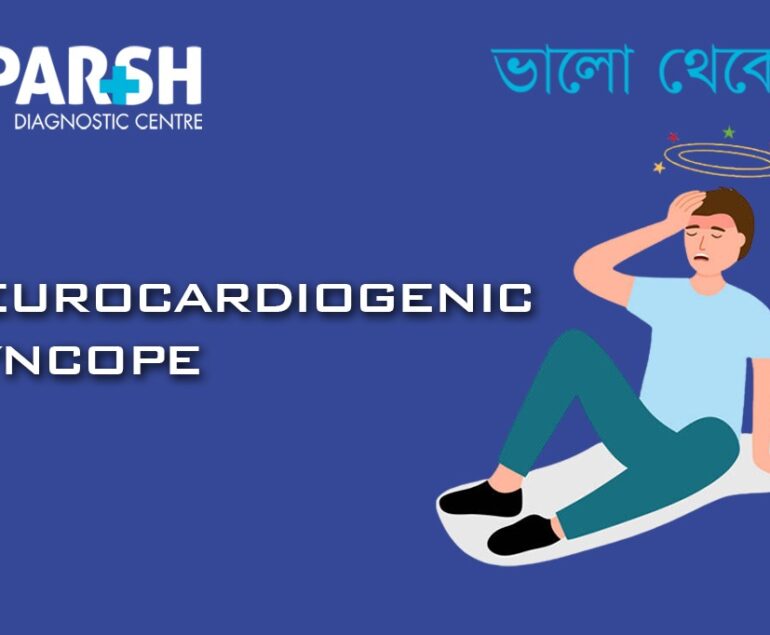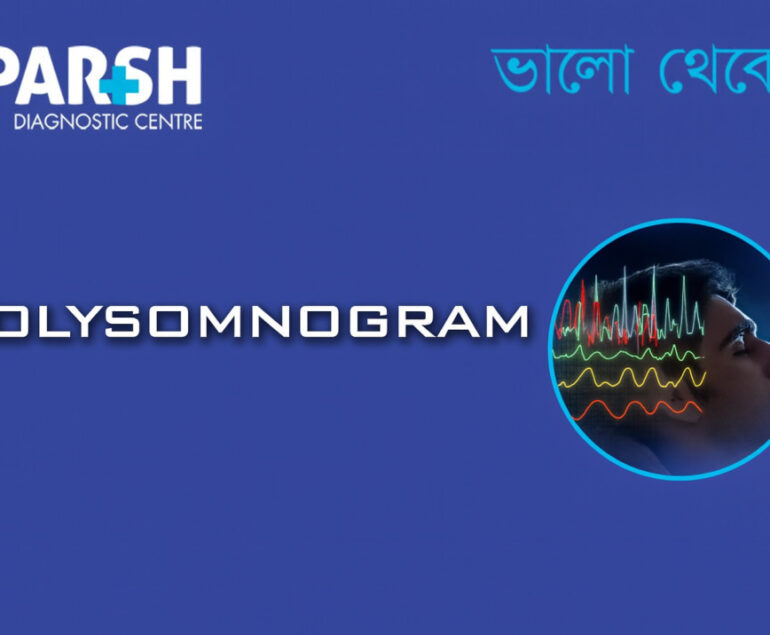Hair growth is a normal biological process influenced by genetics, hormones, and environmental factors. However, when hair grows excessively in unusual patterns or areas, it can point to an underlying condition. One such rare disorder is Hypertrichosis, often referred to as “Werewolf Syndrome.”
Hypertrichosis is characterized by abnormal and excessive hair growth that is independent of androgen (male hormone) levels. Unlike conditions like hirsutism, which is caused by hormonal imbalance, hypertrichosis arises from genetic mutations, medications, or other medical factors. Although rare, this condition has fascinated medical science for centuries, and individuals with hypertrichosis were historically displayed in circuses as “wolf men” or “bearded women.”
This comprehensive guide explains everything you need to know about hypertrichosis, including types, causes, symptoms, diagnosis, treatment, and FAQs.
What is Hypertrichosis?
Hypertrichosis is a condition marked by excessive hair growth anywhere on the body. The hair may appear as:
Vellus hair (fine, soft, non-pigmented hair)
Lanugo hair (soft hair typically seen on newborns, but persists abnormally in this condition)
Terminal hair (thick, coarse, pigmented hair like that on the scalp and beard)
Since this hair growth occurs independently of androgen activity, it can affect both men and women equally.
Hypertrichosis can appear at birth (congenital) or later in life (acquired), and may be generalized (covering the whole body) or localized (restricted to certain areas).

Types of Hypertrichosis
1. Congenital Hypertrichosis
This form is present at birth and extremely rare. It results from genetic mutations and can be passed down in families.
Congenital Hypertrichosis Lanuginosa: Persistent lanugo hair all over the body.
Congenital Hypertrichosis Terminalis: Excessive growth of thick, pigmented hair across the body.
Naeviod Hypertrichosis: Hair growth limited to certain birthmarks or patches of skin.
2. Acquired Hypertrichosis
This form develops later in life and may be triggered by:
Certain medications (e.g., Minoxidil, Cyclosporine, Phenytoin)
Underlying diseases such as cancer, malnutrition, or metabolic conditions
Skin trauma or repetitive scratching, which stimulates localized hair growth
Causes of Hypertrichosis
Hypertrichosis can result from various factors:
Genetic Factors – Mutations causing abnormal hair follicle activity.
Medications – Drugs like Minoxidil, used for hair growth, can trigger excessive hair.
Malnutrition – Severe nutritional deficiencies may alter hair growth cycles.
Malignancies (Cancer) – Certain cancers are associated with acquired hypertrichosis.
Skin Damage – Chronic irritation or scratching stimulates localized follicular activity.
Signs and Symptoms of Hypertrichosis
The main symptom is excessive hair growth that differs from normal body hair. It may include:
Hair growth at birth or later in life
Hair appearing on unusual areas such as forehead, eyelids, or cheeks
Localized or generalized patterns
Presence of vellus, lanugo, or terminal hair types
Gingival hyperplasia (gum overgrowth), particularly in congenital cases
Diagnosis of Hypertrichosis
Diagnosis is primarily clinical, based on visual inspection and medical history.
Steps include:
Medical History – Reviewing onset, family history, and medication use.
Physical Examination – Determining distribution and type of hair growth.
Underlying Cause Identification – If acquired, investigating for medication history, nutritional deficiencies, or malignancy.
Unlike hirsutism, hormonal tests are often normal, since hypertrichosis is not linked to androgen levels.
Treatment Options for Hypertrichosis
There is no permanent cure for hypertrichosis. Management is mainly cosmetic and supportive.
Common Treatment Approaches:
Hair Removal Techniques
Shaving – Quick but temporary.
Waxing & Plucking – More lasting but painful.
Depilatory Creams – Chemical-based hair removal.
Electrolysis – Permanent removal of individual hair follicles.
Laser Hair Removal – Long-term reduction but requires multiple sessions.
Medications
Discontinuing drugs causing hypertrichosis (e.g., Minoxidil).
Rarely, topical agents may help slow hair growth.
Supportive Care
Counseling to address psychological and social impact.
Managing associated conditions like gingival hyperplasia.
Living with Hypertrichosis
People with hypertrichosis often face psychological challenges, including low self-esteem, bullying, and social stigma. Support groups, therapy, and counseling play an important role in coping with the condition.
Historically, individuals with hypertrichosis were exploited in circuses and freak shows, but modern medicine emphasizes empathy, awareness, and treatment.
Complications of Hypertrichosis
Social and Emotional Impact – Anxiety, depression, or withdrawal from social activities.
Skin Irritation – From frequent shaving, waxing, or chemical treatments.
Oral Health Issues – Gingival hyperplasia in congenital cases can lead to dental problems.
Prevention of Hypertrichosis
While congenital hypertrichosis cannot be prevented, acquired hypertrichosis can sometimes be minimized by:
Avoiding unnecessary or prolonged use of medications known to trigger it.
Treating underlying medical conditions promptly.
Maintaining a balanced diet to prevent malnutrition-related hair growth changes.
Prognosis
The prognosis of hypertrichosis varies depending on the type.
Congenital hypertrichosis is lifelong but manageable with cosmetic treatments.
Acquired hypertrichosis may resolve once the underlying cause or medication is addressed.
Frequently Asked Questions (FAQ)
1. What is the difference between hypertrichosis and hirsutism?
Hypertrichosis: Excessive hair growth unrelated to androgen (hormone) levels, can affect both genders equally.
Hirsutism: Male-pattern hair growth in women due to elevated androgens.
2. Is it hereditary?
Yes, congenital hypertrichosis can be inherited due to genetic mutations.
3. Can it be cured?
There is no permanent cure, but treatments like laser therapy, electrolysis, and regular hair removal help manage symptoms.
4. Which medications cause it?
Drugs such as Minoxidil, Cyclosporine, Phenytoin, and Steroids are known triggers.
5. Is it dangerous?
It is not life-threatening, but may be associated with cancers, malnutrition, or gum disorders, depending on the cause.
6. How rare is it?
It is extremely rare, with only a few documented cases worldwide.
7. Can it disappear on its own?
Acquired hypertrichosis may improve if the underlying cause (like medication or illness) is treated. Congenital cases are usually permanent.
8. Does it affect teeth and gums?
Yes, some congenital forms are linked with gingival hyperplasia, leading to dental problems.
9. Is it the same as “Werewolf Syndrome”?
Yes, the excessive hair growth resembles a wolf-like appearance, leading to its nickname.
10. What is the best treatment option?
The best treatment depends on the case, but laser hair removal and electrolysis are long-term solutions, combined with managing underlying causes.
Hypertrichosis, or “Werewolf Syndrome,” is a fascinating yet challenging condition characterized by abnormal hair growth. While rare, it can cause significant emotional distress and social difficulties.
Early diagnosis, identifying underlying causes, and using effective cosmetic treatments can significantly improve quality of life. With growing awareness and better treatment options, individuals with hypertrichosis can manage the condition while leading fulfilling lives.
If you or someone you know shows symptoms of hypertrichosis, consult a healthcare professional for proper evaluation and management.
#BhaloTheko
Disclaimer:
No content on this site, regardless of date, should ever be used as a substitute for direct medical advice from your doctor or other qualified clinician.

![]()





